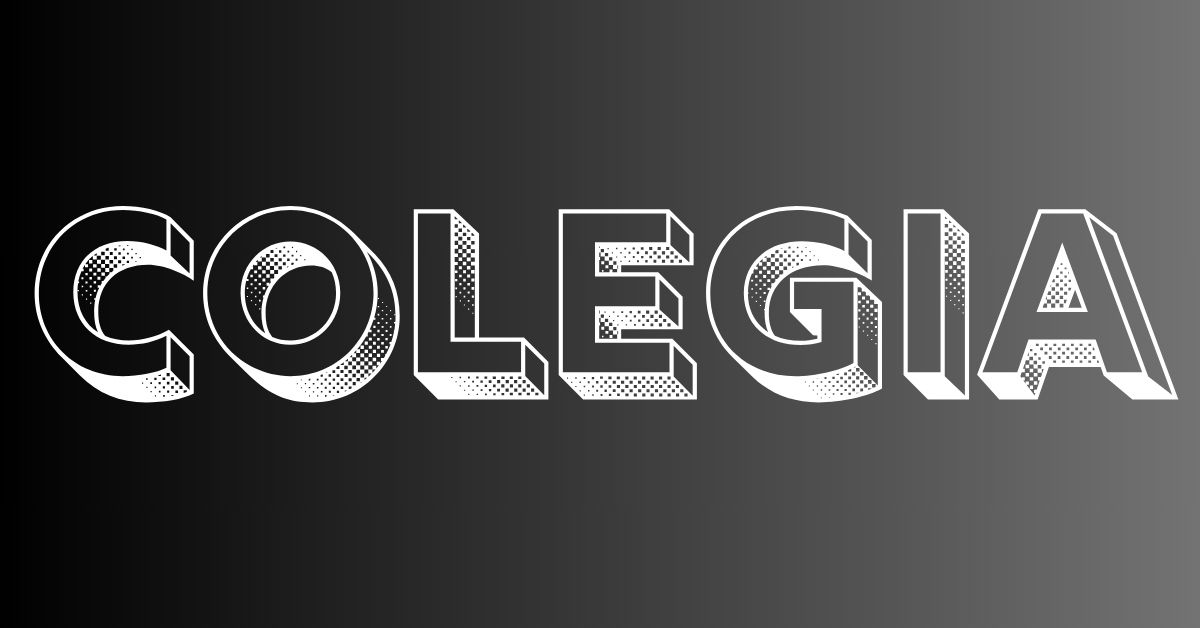Introduction
If you’re working in construction, manufacturing, healthcare, or any other industry that involves potential workplace hazards, you may have heard about the OSHA 10 card. This card represents your completion of the OSHA 10-hour training program, a critical course designed to improve workplace safety and reduce the number of accidents and injuries on the job. This article helps you understand an OSHA 10 card, why it’s essential, and how to obtain one.
What is an OSHA 10 card?
OSHA cards are issued to individuals who complete the 10-hour Occupational Safety and Health Administration (OSHA) training course. This program is part of the OSHA outreach training program, designed to teach workers about essential safety and health hazards they might encounter on the job. While there are several versions of the OSHA 10 course, the two most common ones are:
- For construction: This section focuses on the risks and safety measures specific to construction sites. It is designed for people working in the construction sector.
- For general industry: This course is designed for individuals across manufacturing, warehousing, and healthcare sectors and covers broader workplace hazards.
The training aims to provide you with basic knowledge of identifying, avoiding, and mitigating workplace hazards. This isn’t an advanced training program. It’s aimed at entry-level workers or those who want to expand their understanding of workplace safety. After completing the course, you’ll receive a certification card, which can be a valuable addition to your resume and a requirement in specific jobs or jurisdictions.
How to obtain an OSHA 10 card?
Now that you understand the OSHA card and why it’s necessary, consider the steps to obtain one. The process is relatively straightforward but requires attention to detail and a commitment to completing the course.
1. Determine the right OSHA 10 course for you:
Before you begin, you must decide which version of the OSHA 10 course is most appropriate for your job or industry. The two most common courses are:
- OSHA 10 for construction: If you work in the construction industry or plan to, this course is for you. It covers topics like fall protection, scaffolding safety, electrical safety, and the use of personal protective equipment (PPE).
- OSHA 10 for general industry: This course is more appropriate for those in fields like manufacturing, warehousing, or healthcare. It focuses on hazardous materials, machine guarding, ergonomics, and fire safety hazards.
2. Enroll in an OSHA-authorized training program:
To get your card, you must complete the course through an authorized training provider. It’s crucial to ensure that OSHA recognizes the training program you select. The modes of this course include:
- In-person training: Many OSHA-authorized training providers offer in-person classes. This option is ideal if you prefer practical learning or must meet state or employer requirements for in-person attendance. Classes are usually conducted by OSHA-certified instructors with extensive knowledge of workplace safety regulations.
- Online training: Online courses are convenient if you prefer to learn at your convenience or don’t have access to in-person training centers. Numerous OSHA-authorized online platforms offer the construction and general industry versions of the OSHA 10 course. One of the benefits of online training is that you can complete the course in sections, which can be helpful if you have a busy schedule.
Before enrolling, verify that OSHA approves the course provider. Only OSHA-authorized programs will issue a valid card upon completion.
3. Complete the training:
The OSHA 10 course takes approximately ten hours to complete, and it’s typically divided into several modules that cover various safety topics. For example, if you’re taking the OSHA 10 for construction course, you might cover topics like:
- Introduction to OSHA and worker rights
- Fall prevention and protection
- Ladder and scaffold safety
- Electrical hazards
- Personal Protective Equipment (PPE)
For the general industry course, the topics may include:
- Introduction to OSHA standards
- Hazard communication
- Fire prevention
- Machine guarding
- Workplace violence and emergency plans
During the training, you’ll watch instructional videos, review OSHA standards, and participate in activities to reinforce your understanding of safety protocols. At the end of each module, there may be quizzes or assessments to ensure you’ve absorbed the material.
4. Pass the final assessment:
After completing all the modules, you must pass a final assessment or exam to demonstrate your knowledge of the safety standards covered during the course. Many providers offer the option to retake the exam until you pass.
5. Receive your certified card:
Once you’ve completed the course and passed the final assessment, the training provider will submit your information to OSHA. In return, you will receive your OSHA 10 card. You can present this card to current or potential employers as proof of your OSHA 10 certification.
Conclusion
The OSHA certification is valuable for anyone working in industries with potential hazards. It helps ensure your safety and demonstrates to employers that you are committed to maintaining a secure working environment. From choosing the right course, completing the training through an authorized provider, and passing the final exam, obtaining the OSHA 10 card is straightforward. By receiving your OSHA 10 card, you can enhance your career prospects, comply with regulations, and, most importantly, create a safer workplace for












